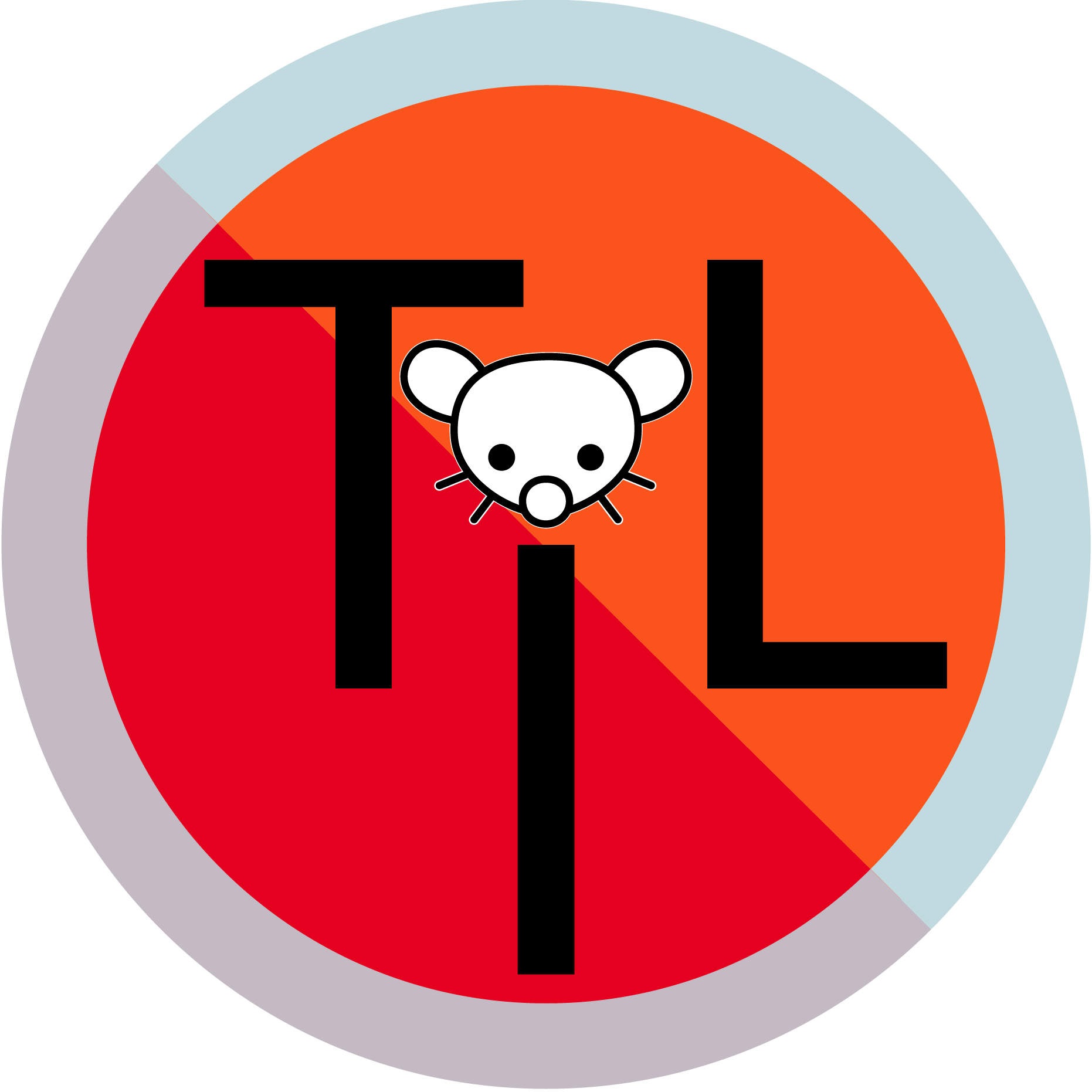- cross-posted to:
- science@lemmit.online
- cross-posted to:
- science@lemmit.online
cross-posted from: https://lemmit.online/post/2916897
This is an automated archive made by the Lemmit Bot.
The original was posted on /r/science by /u/mvea on 2024-05-15 10:17:06+00:00.


Not op, but I have a very weak ability to visualise. The data is more abstracted. A map is a set of spacial connections that define an area. My brain has learnt to pull that from a map. What I can’t do is recall the map to figure out additional information. If my brain didn’t think it was relevant when I looked at it, the information is likely gone.
There are definitely pros and cons to it. I’m not limited to what I could visualise, when thinking. This lets me dig deeper into more complex ideas and patterns. It also makes other tasks a lot harder. I struggle a lot with faces and appearances.
As for the dogs, I have an abstracted “model” in my mind. The size and breed of the dogs is undefined. There are 2 dog entities in my mind. 1 brown, which is quite generic, the other has pink attached to it, that cross links it with poodles etc.
I can personally push it to a visualisation, but it takes significant mental effort, and the results are unstable.
So you basically visualize maps as graphs? You’re the human equivalent of the A* algorithm!
It’s spacially based. It makes more sense in 3D. It’s just as compatible with echolocation as visual data. (The soundscape of a room tells you a LOT about your surroundings). I believe it’s based within my visual system, just stripped of the superfluous visualisations. Interestingly, I can actually map mathematics into the same structures.
I’m doing a piss poor job of explaining it. Language lacks the nuance to describe it well, and I lack the skill to bend it into shape.
I’m not the OP either but my brain seems to work the same way that yours and theirs do. I’d say you did a good job of describing how it works for people like us.
One difference though is that you don’t seem to have the visual recall that I do. I don’t have a “photographic” memory but I could probably recall the hypothetical map as a visual object and examine it for additional information that I didn’t notice the first time.
You may actually be better at this than I am. Describing my results as “unstable” would charitable. I also don’t get dog breeds, just amorphous and blurry blobs with rorsarch like colors slapped on them.
That’s akin to what I get. The core structure is there, but it’s almost a sense of what should be there. It’s akin to seeing things out of the corner of your eye, while overtired. Your brain tells you what it is, and you accept it, it doesn’t necessarily match what you are actually ‘seeing’.
I ‘know’ how dogs move, I ‘know’ their body structure. I can force that down to a single image, but it wants to be so much more. All the senses of ‘dogness’ compressed into a single entity.